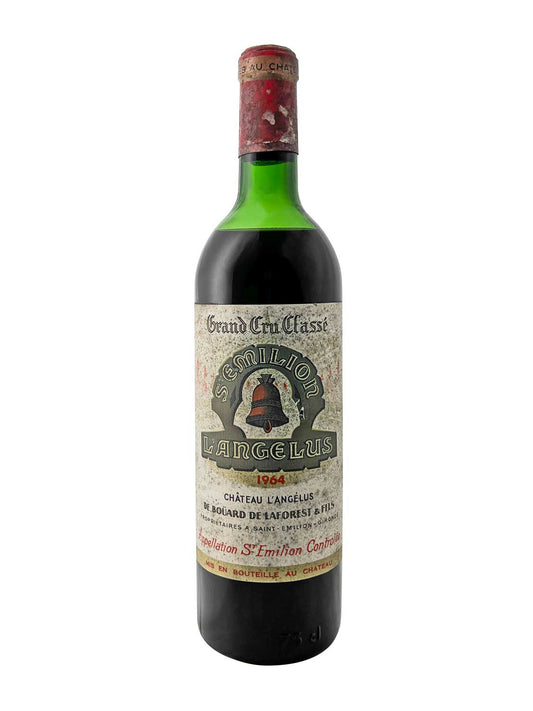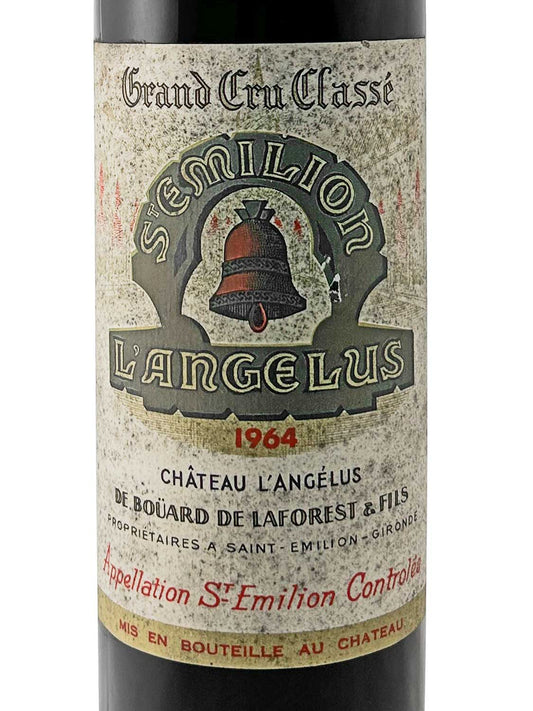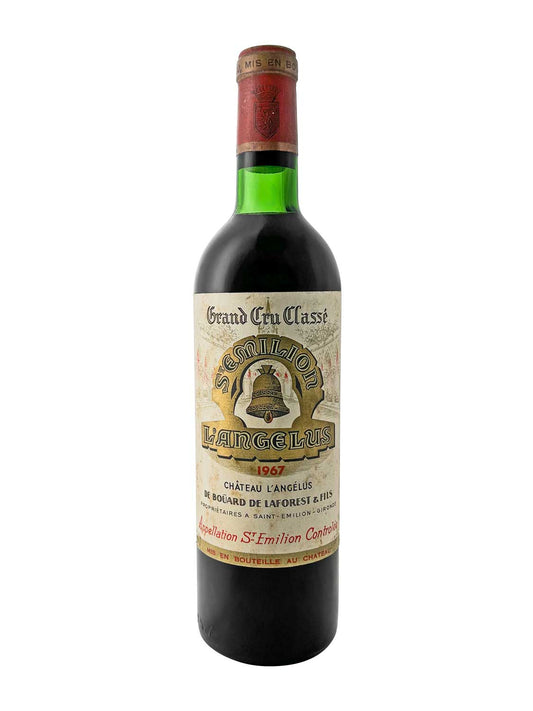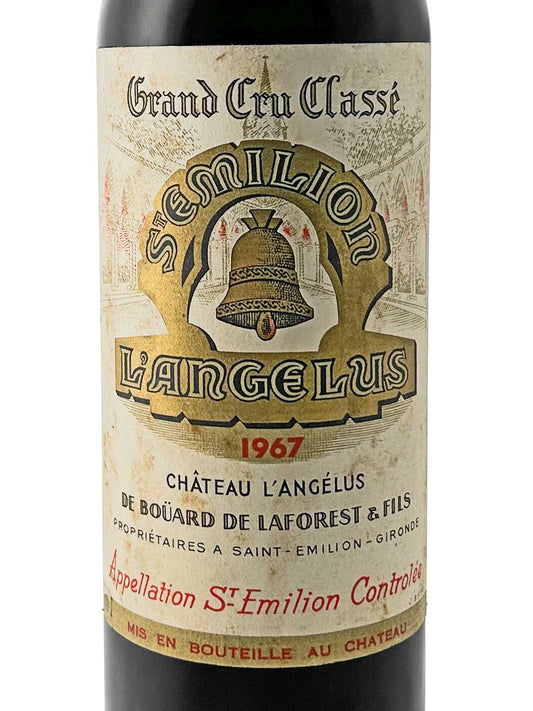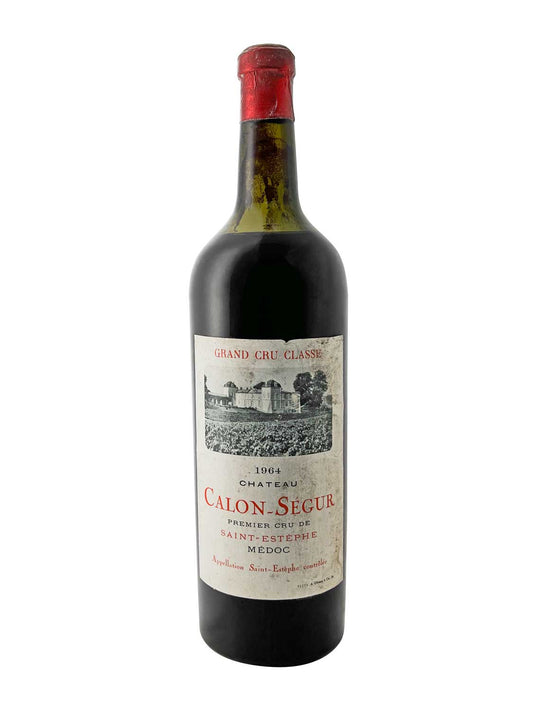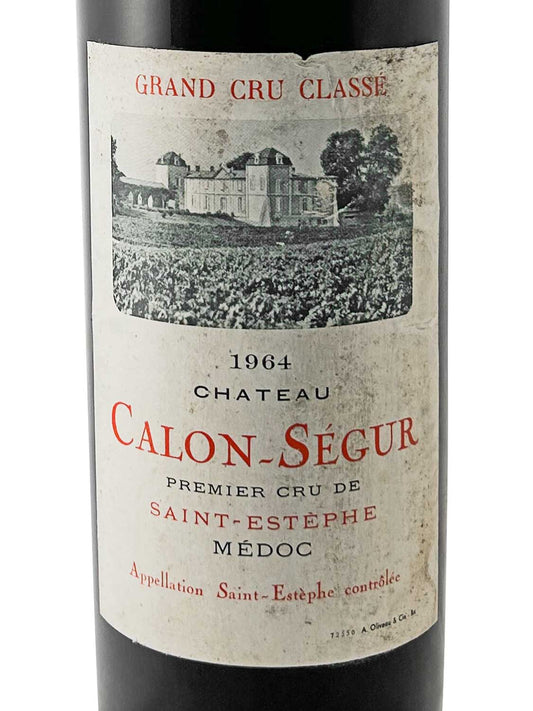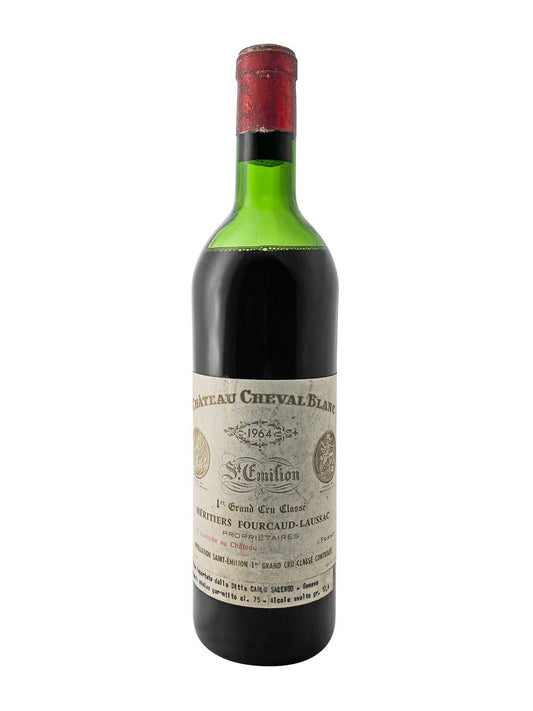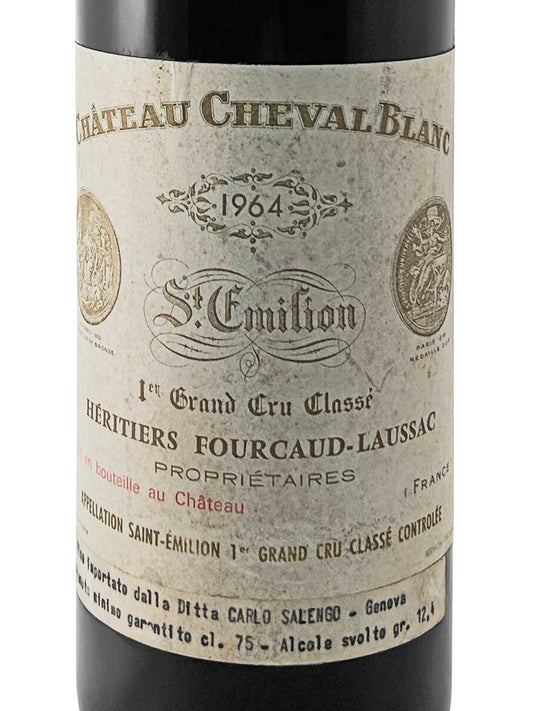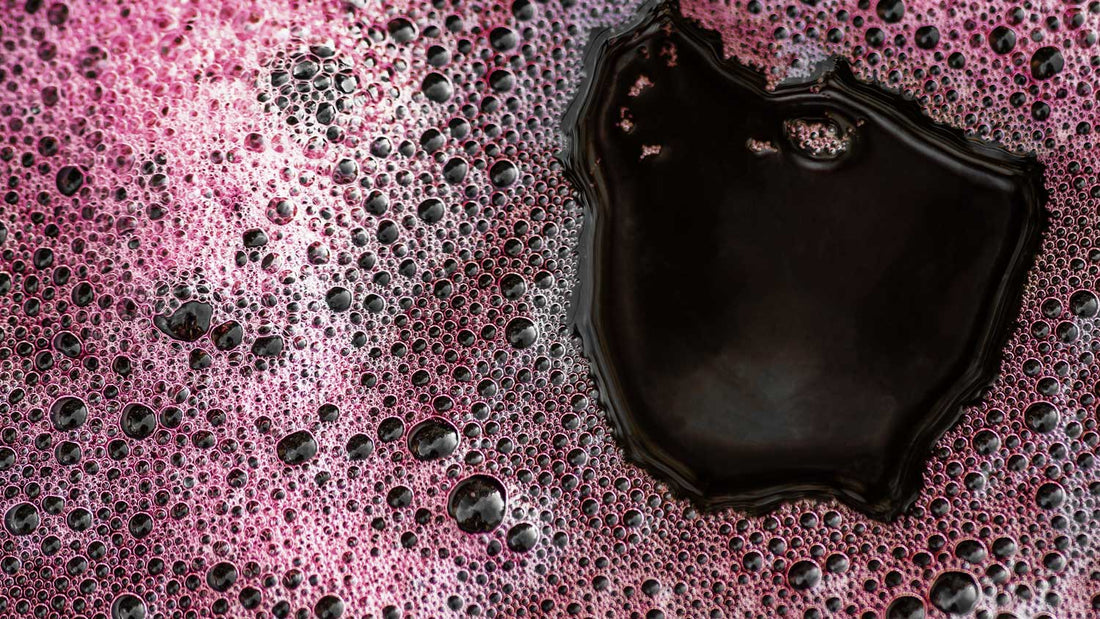
What is cuvée wine?
The importance of cuvée for wines and what makes this blend so special
In the world of wine, there are many terms that we've heard and are familiar with, but can't quite explain. One of these terms is "cuvée." What exactly does cuvée wine mean, and why are these blends so special? In this blog post, we'll explore the various aspects of cuvée wines, their production, the different types, and what makes them so unique. Dive into the fascinating world of cuvées with us!
What is cuvée wine?
The term "cuvée" is French and originally refers to a container or barrel in which wine is stored. In winemaking, however, cuvée refers to a blend or blend of different wines or grapes brought together to create a harmonious final product. These blends can come from different grape varieties, vintages, or even regions.

Cuvée wines are particularly popular in Champagne, where they are often made from a combination of Chardonnay, Pinot Noir, and Pinot Meunier. However, numerous examples of cuvées can also be found in other wine regions, highlighting the character and diversity of the wine.
By the way: Most of your favorite wines from renowned Bordeaux wineries produce cuvées. This means that even the most expensive Bordeaux wines are a blend of different grape varieties. Cuvée wines from such exclusive wineries can be stored for decades and are often considered an investment.
Examples of exclusive cuvée wines from Bordeaux:
- Château Latour
- Château Margaux
- Château Mouton-Rothschild
- Château Lafite-Rothschild
- Château Haut-Brion
- Château d'Yquem
The art of making cuvée wine
The production of a cuvée wine requires considerable skill and experience. Winemakers must not only have in-depth knowledge of the different grape varieties, but also a keen sense of aromas and textures. The process often begins with the selection of grapes from different vineyards or vintages. The goal is to combine the best characteristics of each component.
1. Grape selection: Winemakers carefully select grapes that offer distinct flavors and aromas. For example, a fruity variety can be combined with a tannin-rich variety to create a balanced wine.

2. Fermentation: The grapes are vinified separately to preserve their individual characteristics. This allows the winemaker to develop different flavors.
3. Blending: After fermentation, the actual blending takes place – this is where the winemaker's skill comes into play. He decides which wines should be combined and in what quantities.
Also read: What is a second wine?
4. Maturation: The finished cuvée is then often matured in barrels or tanks to further refine the flavor.
5. Bottling: Finally, the cuvée is bottled and ready for sale.
Types of Cuvée Wines
There are different types of cuvée wines that differ in their composition and origin:
Cuvée de Prestige: These high-quality blends often come from a vineyard's best vineyards and are characterized by exceptional quality. They are usually limited and have great aging potential.
Vintage cuvée: These wines consist exclusively of grapes from a specific vintage and reflect the characteristic features of that year.

Non-Vintage Cuvée (NV): These wines are made from grapes from different vintages. They offer consistent quality over the years and are often found in sparkling wines such as Champagne.
Grape variety cuvée: These are blends of different grape varieties that are brought together to create a harmonious flavor profile.
Regional Cuvée: These wines combine grapes from different regions or locations within a growing area.
Why are cuvée wines so popular?
Cuvée wines are very popular with wine collectors for several reasons:
Variety in taste: The combination of different grapes or vintages creates complex flavor profiles that enrich the enjoyment.
Winemaker creativity: The production of a cuvée allows winemakers to express their creativity and create unique wines.
Harmony: A well-made cuvée offers a balanced balance between fruit, acidity and tannins – ideal for many occasions.
Aging potential: Many high-quality cuvées have excellent aging potential and develop even more complex flavors over time. Perfect for your wine collection!
Also read: How long can you store white wine?

Accessibility: Cuvées are often more attractively priced than single-varietal wines of similar quality – this makes them more accessible to a wider audience.
Tips for choosing a good cuvée wine
If you are looking for an excellent cuvée wine, you should consider a few tips:
Read the label: Look for information about the grape varieties used and the growing region – this can give you clues about the style of the wine.
Ask for recommendations: Talk to wine merchants, winemakers or sommeliers – they can give you valuable tips and help you choose a suitable cuvée wine.
Try different styles: Use tastings or wine tastings to get to know different cuvées and find out which flavors you like best.
Pay attention to reviews: Wine critics and wine magazines will help you discover high-quality cuvées.
Examples of wine magazines or wine critics:

The role of terroir in cuvées
Another important aspect in the production of cuvées is the terroir—the interplay of soil composition, climate, and geographical location of a region. The terroir significantly influences the character of the wine and can contribute to a particular grape variety thriving particularly well in a region.
Also read: What does the term terroir mean in wine?
Winemakers consciously use the terroir when selecting their grapes for a cuvée; for example, they combine grapes from cooler locations with those from warmer regions to achieve a balanced flavor profile.
Famous examples of cuvée wines
Some famous examples of outstanding cuvée wines are:
Champagne: Many champagnes are classic examples of high-quality cuvées; they combine different grape varieties (Chardonnay, Pinot Noir) and different vintages.
Bordeaux wines: In Bordeaux, several grape varieties such as Cabernet Sauvignon, Merlot, and Cabernet Franc are often blended; these blends produce complex red wines with great aging potential.
Rhône wines: In the Rhône region, different varieties such as Syrah and Grenache are often combined; these blends offer rich flavor profiles.
Prosecco cuvées: There are also numerous Prosecco cuvées in the sparkling wine sector; Glera grapes are used primarily here.

Conclusion
Cuvée wine is more than just a blend; it embodies the passion and creativity of winemakers worldwide. The skillful combination of different grapes or vintages creates unique taste experiences full of complexity and harmony.
Whether for a cozy dinner or as an investment – a well-crafted cuvée always deserves a place in your glass or wine cellar! Be inspired by the variety of these special wines and discover your personal favorite cuvée!
With this comprehensive guide to cuvée wine, we have provided you with valuable information – ideal for enjoyment or for your wine collection!

